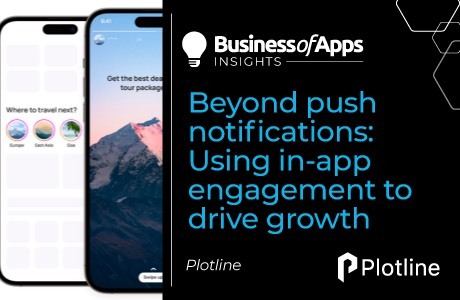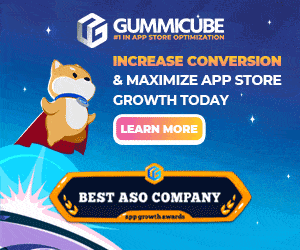In-app stories have become a staple in mobile marketing strategies due to their dynamic and engaging nature.
Originally popularized by Snapchat, this feature has proven effective across various industries like fintech, gaming, e-commerce, and more, helping brands connect with users in a more immersive way.
Here we explore how to effectively use stories for in-app marketing, focusing on key areas like activation, adoption, engagement, and conversion.
Why use in-app stories?
In-app stories work well to drive home key messages or share special offers because they are short, simple, and easy to consume.
Whether for brand storytelling, news updates, or product showcases, in-app stories enhance user engagement, making them a powerful tool for keeping users engaged.
Drive activation rates with stories
In-app stories work well to convey value propositions. The best way to use Stories here is to reinforce the messaging that the users saw before they downloaded your app.
You can take this one step further by personalizing the Stories based on the campaign the user came from.
Stable Money, an app that lets customers book fixed deposits digitally, introduced Stories to communicate its value prop and build trust with its users, making the app accessible and easier to navigate.
Example I
Source: Plotline
Boost feature adoption with stories
Stories can be crafted to educate users about less obvious or new features.
For example, Swiggy Dineout provides curated stories for its users to explore different restaurants, reviews of other users, and different offers provided by restaurants. This improves the engagement and adoption of the Dineout feature amongst the users.
Example II
Source: Plotline
Engagement stories keep users coming back
Stories are highly effective in maintaining user engagement because they can deliver timely and relevant content that encourages users to keep opening the app.
For example, IndMoney, an app that helps users invest in stocks, has utilized Stories to drive engagement and alert users about various investment opportunities, such as “trending stocks”, “most bought” and more.
Example III
Source: Plotline
Driving conversion actions with stories
Stories can be strategically used to promote special offers, upcoming sales, or exclusive content.
For example, Decathlon employs personalized stories under a “Trending” section, enticing users to make purchases quickly. These stories, featuring product details, effectively channel traffic to specific products and directly enhance conversion rates.
Example IV
Source: Plotline
Challenges faced while creating in-app stories
Developers need to build the core mobile app. They don’t have the time to keep adding and changing in-app stories (designs, content, etc).
Every new experiment with a story takes 2 weeks to build, another 2 weeks to make the app release, and another month or so to understand whether your in-app story achieved the desired result.
This constrains marketers and product managers from running new experiments and growth ideas.
Plotline enables creation of in-app stories
Plotline helps product and marketing teams in consumer companies create and deploy in-app stories that match the app’s design theme.
Take your experiment ideas live without relying on engineering bandwidth.
In case you want to deploy Stories in your mobile app, start your free trial with us.
















